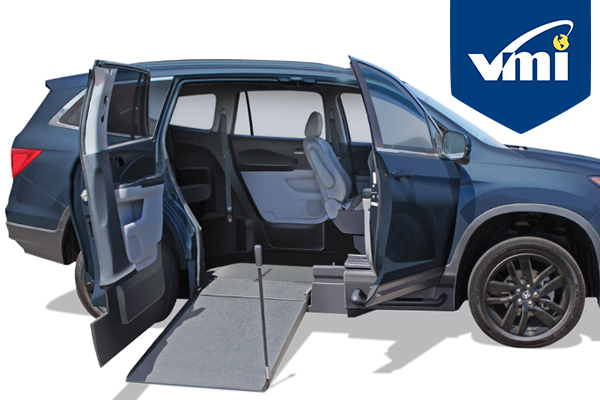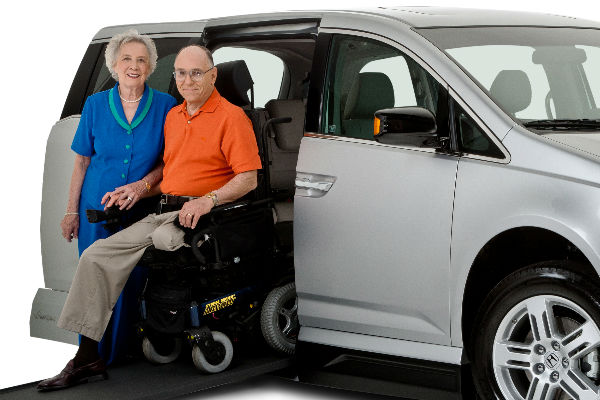Evolution of Wheelchairs
If you are having problems walking, you're not alone. It's not known who first thought of putting wheels on a chair, but more than one culture cared for handicapped individuals in this fashion. Here's a brief timeline of the wheelchair.
525-535AD – Asian engraving
1531 – European woodcut
1595 – Phillip II chair with wheels
1655 – Stephen Farflar self-propelled 3-wheel chair
1760 – John Joseph Merlin Sedan Chair
1783 – John Dawson Bath Chair
1869 – 1st US Patent for Wheelchair granted
1950s – Motorized devices arrive
Today – Wheelchairs continue to evolve
525-535AD – Asia
While earlier evidence exists to indicate that wealthy, elderly, and infirm individuals might have been moved using carts and wheelbarrow-like constructions, the first pictorial evidence of a wheeled chair can be found in an ancient Chinese engraving. .This engraving clearly shows a chair with two large wheels.
1531 – Europe
A preserved woodcut from Augsburg, Bavaria, credited to Hans Weiditz, shows another representation of a wheelchair. It's widely regarded as the first European record of its kind. The chair in the image appears similar to the Chinese wheelchair engraving.
1595 – The Wheelchair of Phillip II
Phillip II of Spain faced limited mobility when suffering from severe gout and a deteriorating physical state. He is one of the first recorded individuals to employ a chair with wheels. A servant provided the muscle power. This made the wheelchair somewhat of a status symbol, and some wealthy individuals of the time began using their own wheelchairs to separate them from the working class who were forced to employ their own two feet to get from place to place. But living in a society filled with steps, cobblestones, dirt roads, unpaved trails and other barriers to mobility made continuous use of a wheelchair outside of your home (even if it could have been made affordable) very difficult.
Wealthy individuals hired furniture makers and other specialists to build chairs with wheels. Common issues included expense and the requirement of another individual to provide the motive force for mobility. This made wheelchairs unavailable to most handicapped individuals at the time.
1655 – The Hand-Powered Wheelchair of Nuremburg
Nuremburg resident Stephen Farflar, a watchmaker who suffered from either paralysis or amputation (accounts differ) is credited with inventing the first personal transport that operated under its own power. The user moved the cart by operating a hand crank. Like previous models, it depended upon hand made-parts and specific skills to construct.
1760 – John Joseph Merlin, Inventor
John J. Merlin invented many devices. The Sedan Chair is one. Propulsion for this early wheelchair came from the user of course, but his design employed secondary wheels that transferred rotational energy to the primary wheels. This made touching the primary wheels unnecessary. This eliminated a major problem, the transfer of dirt from the wheels to the user's hands during operation. In a society that depended upon horse-drawn transportation this was a major improvement.
John's “Merlin” chairs were incredibly successful. Multiple models sold for more than a century. It was probably one of these models that Jane Austin wrote about in a private letter first published in 1952, where her use of the term “wheel-chair” is acknowledged by the Oxford English Dictionary as the first use of that word.
1783 – The Bath Wheelchair
John Dawson of Bath, England, built a specialized wheelchair that was used primarily to move immobile patients from bed to therapeutic baths. It was more maneuverable than previous wheelchairs and sold well. Prior to this, moving immobile patients was undignified and even unsafe for caregivers.
1869 – U.S. Patent
The wheelchair most people know today includes two large wheels and two small wheels in front (casters). This design was patented in 1869. Additions followed, including hollow rubber tires over metal rims, and in 1881 pushrims were added. A motor was first added around 1916 to custom built models.
1950s – Commercial Motorized Wheelchairs Arrive
The first widely available motorized wheelchairs appeared in the 1950s. A team of engineers and designers led by the Canadian George J. Klein built the first prototype. WWII provided the stimulus.
Mr. Klein worked closely with the Canadian Department of Veteran Affairs and other organizations dedicated to easing the plight of paraplegics and handicapped individuals. His team developed a dependable and practical design that could be manufactured at an affordable price for disabled veterans.
The evolution of the wheelchair continues. These appliances will remain widely used by handicapped individuals until advanced medical procedures are developed that can return the ability to walk. Today's wheelchairs and powerchairs allow more freedom of movement than ever before. They can be built with tractor-treads and multiple wheel configurations for navigating outdoor terrain. Power advances have added miles of range to electric wheelchairs and powerchairs. Some users, like Sue Austin, have even adapted their chairs for activities like deep sea diving. Wheelchairs will continue to advance as technology improves.
Author's note: Although we've done extensive research, there's always more to be said. If you have an addition you'd like to see, or a correction, please contact me.
References:
http://en.wikipedia.org/wiki/Stephan_Farffler
http://www.historyextra.com/qa/first-wheelchair
http://inventors.about.com/od/wstartinventions/a/wheelchair.htm
http://borgenproject.org/what-could-the-wheelchair-do-for-the-developing-world/
https://www.jiscmail.ac.uk/cgi-bin/webadmin?A2=disability-research;7b0ce639.1310
http://en.wikipedia.org/wiki/Motorized_wheelchair
http://www.mobilityscooters.co.nz/history/wheelchairs

























































